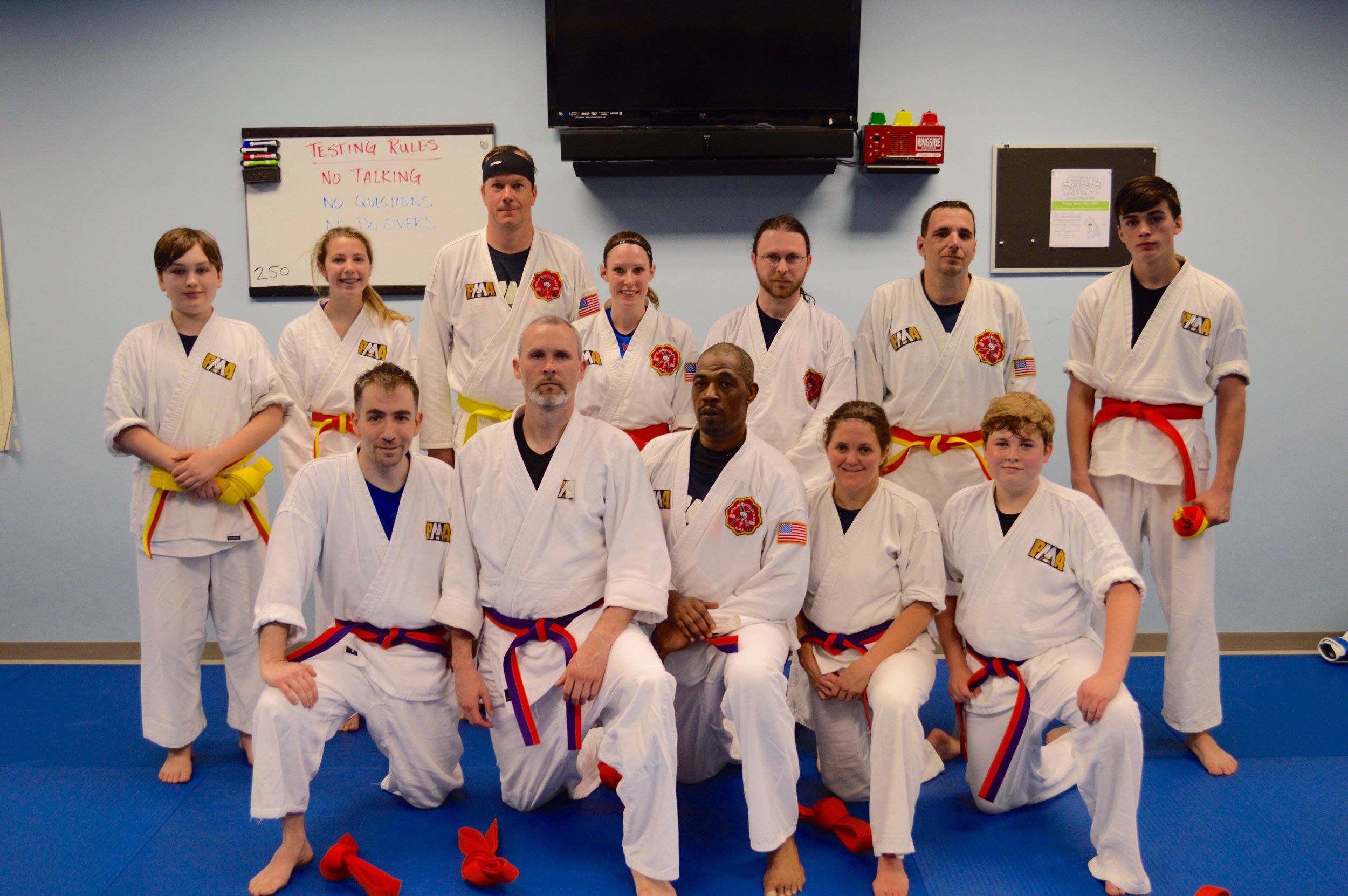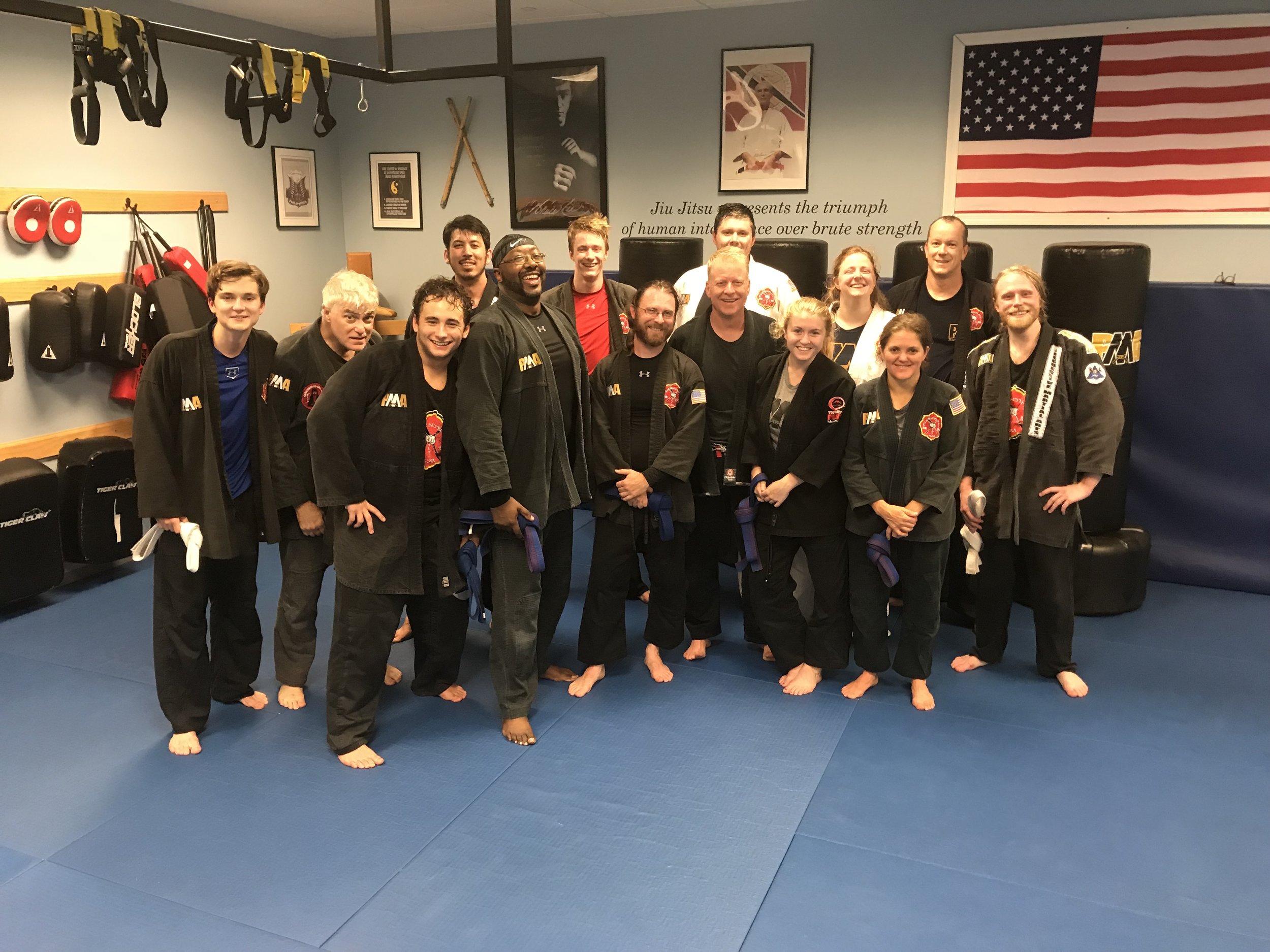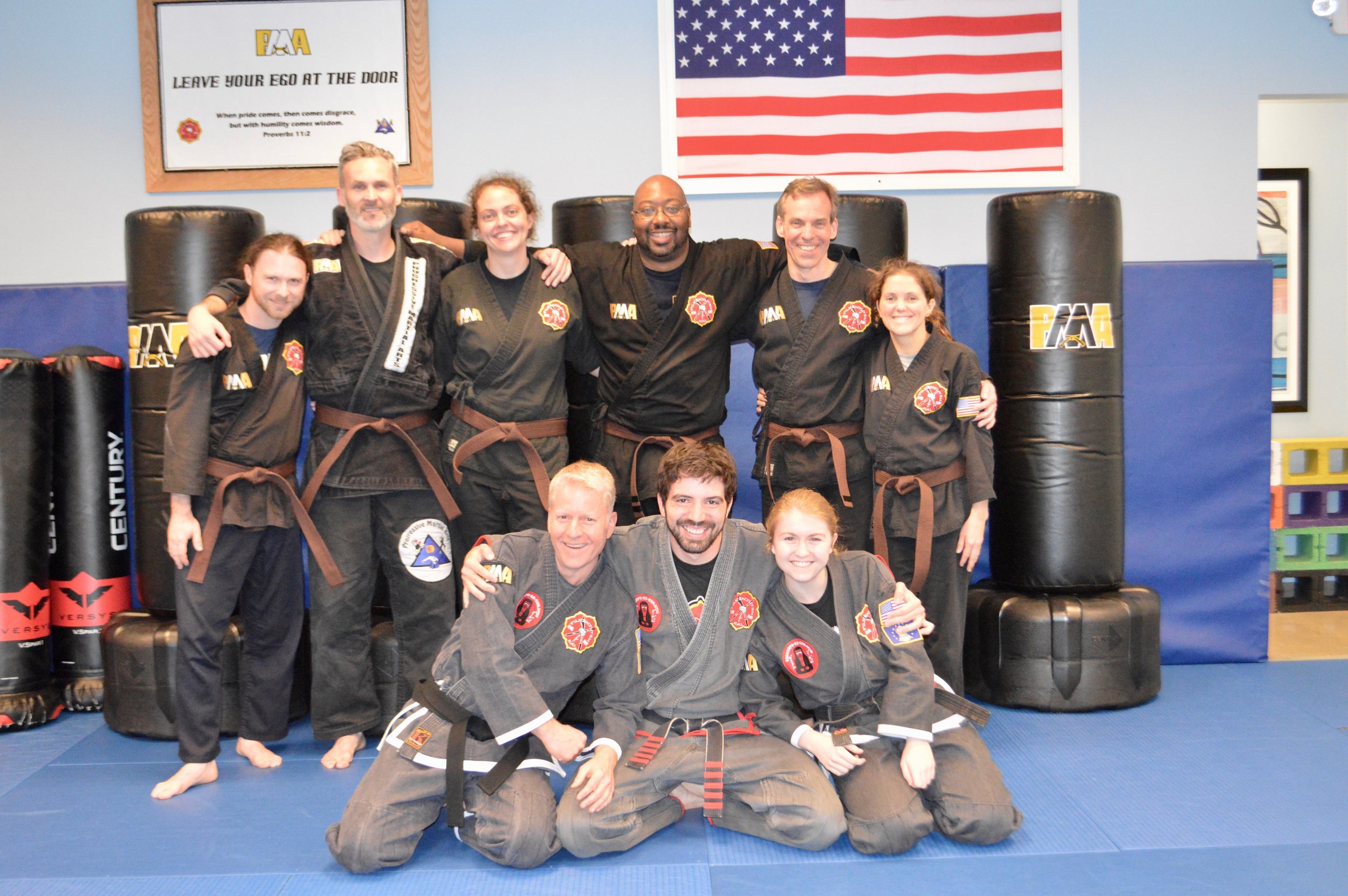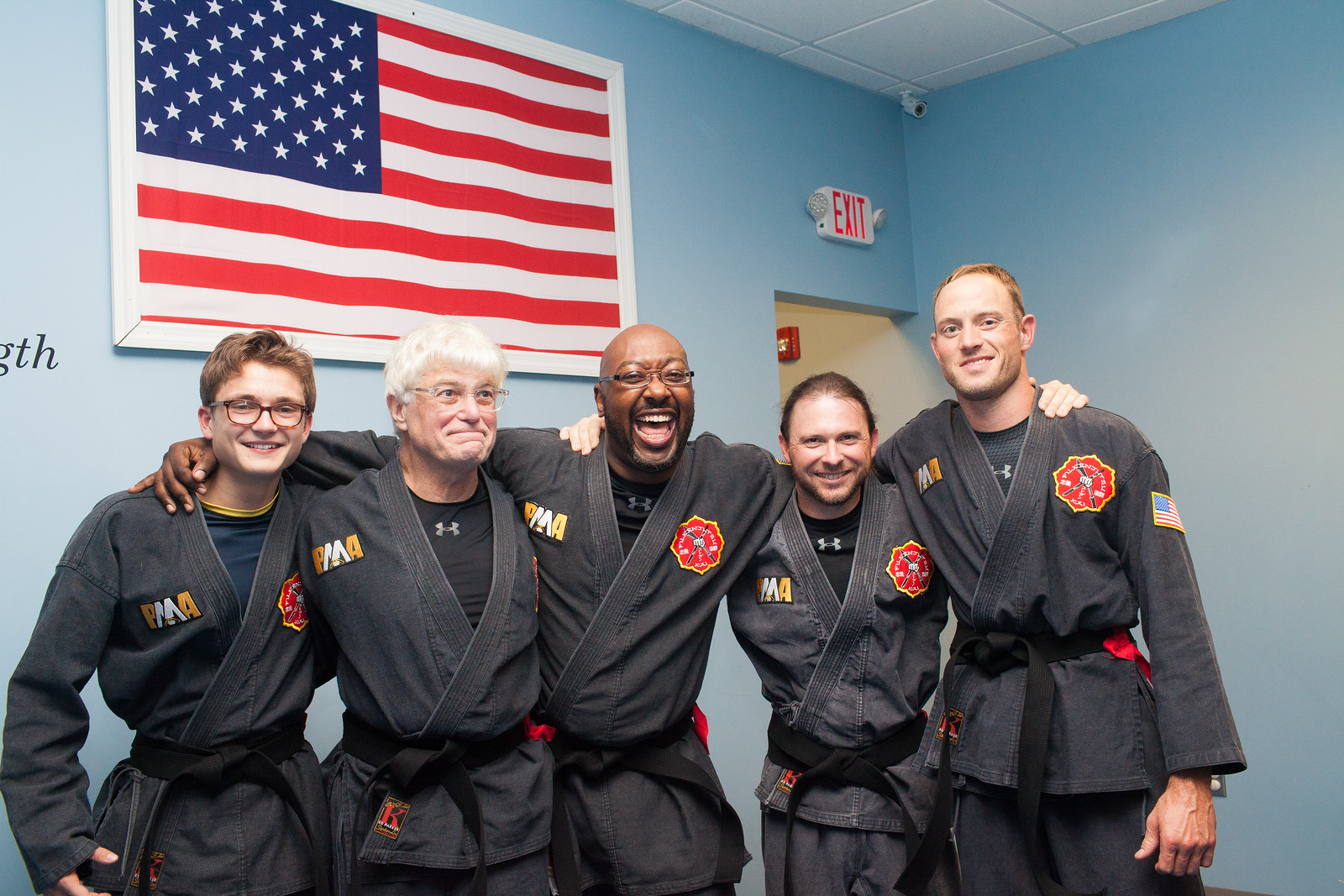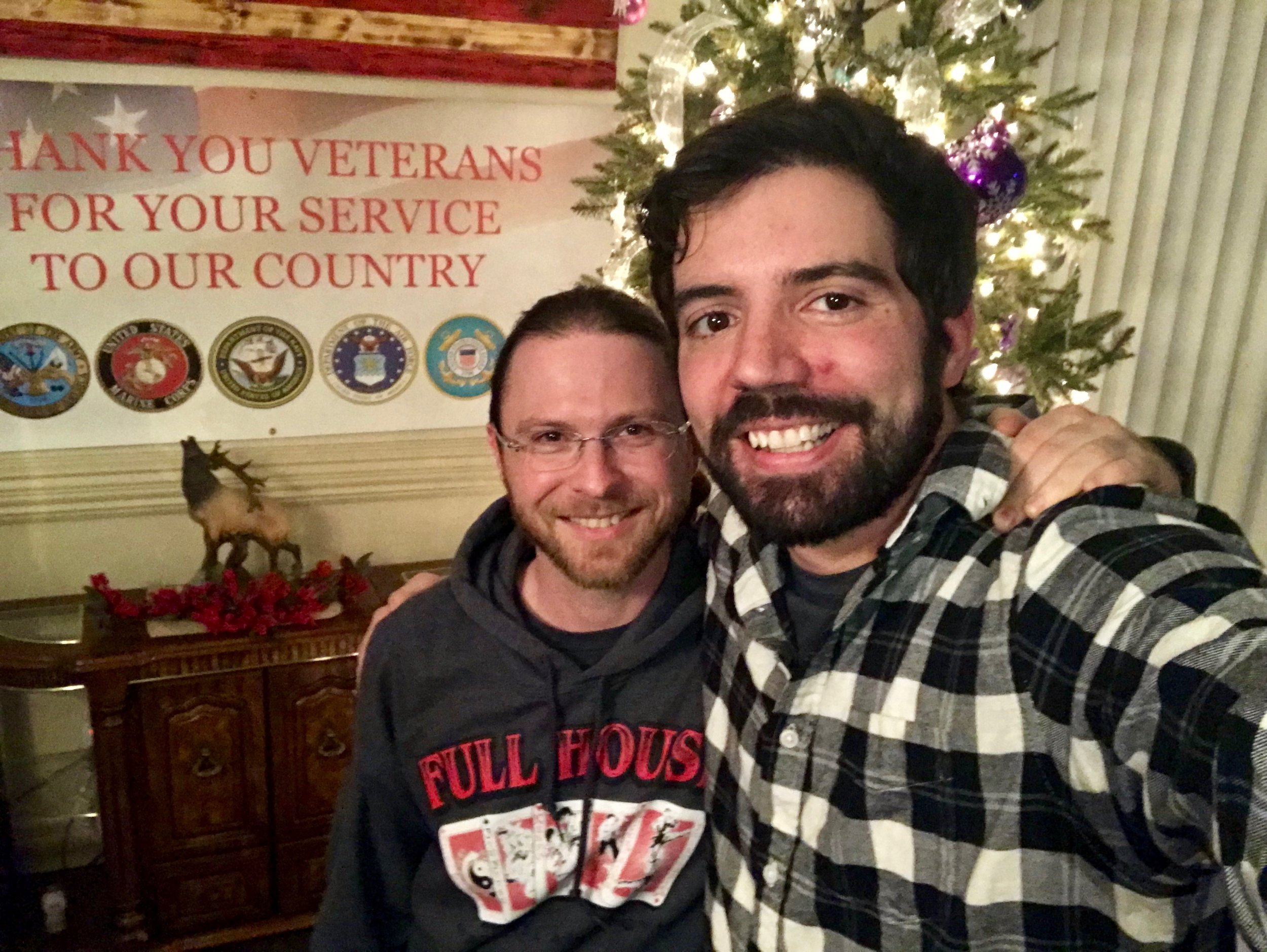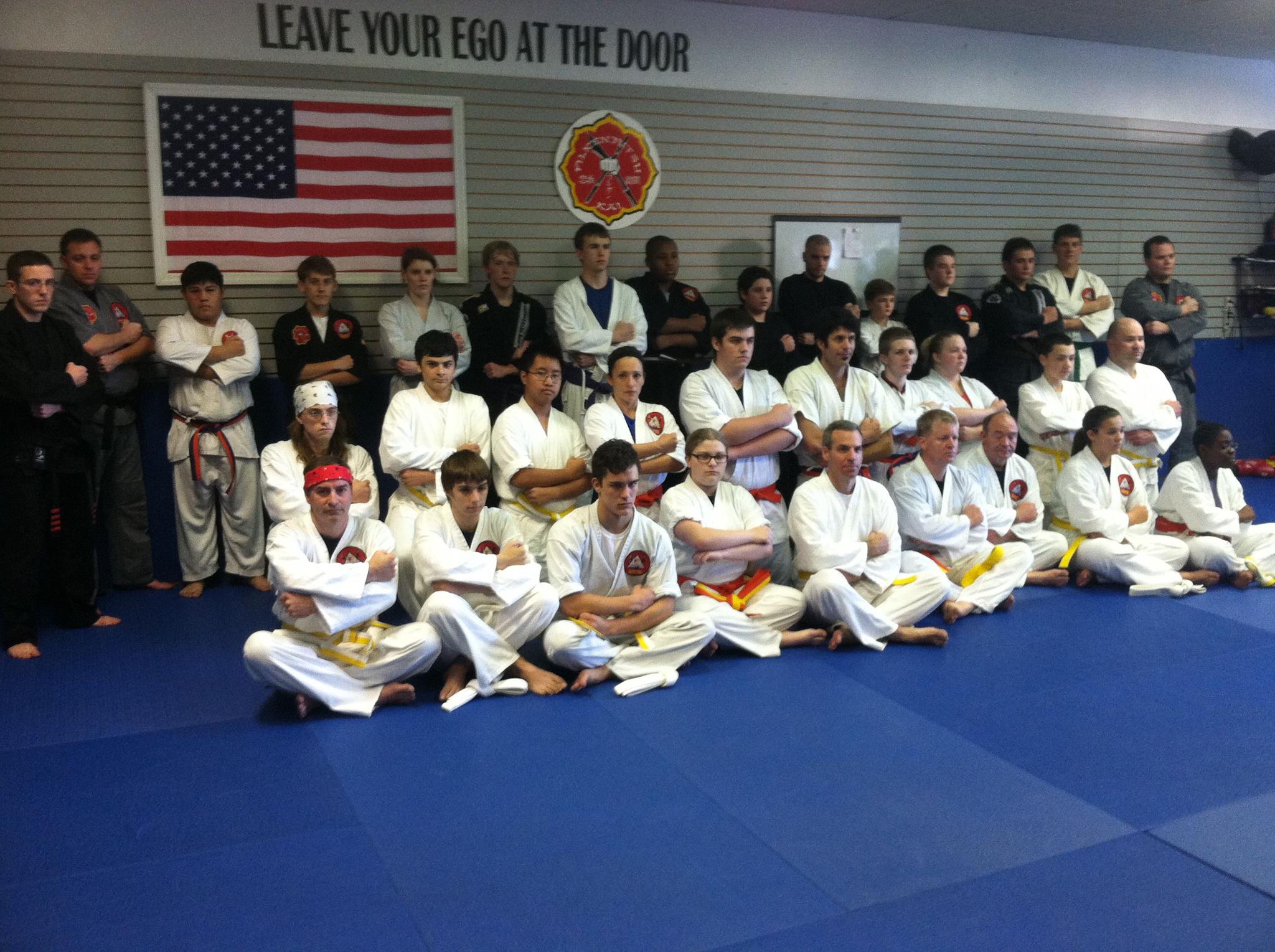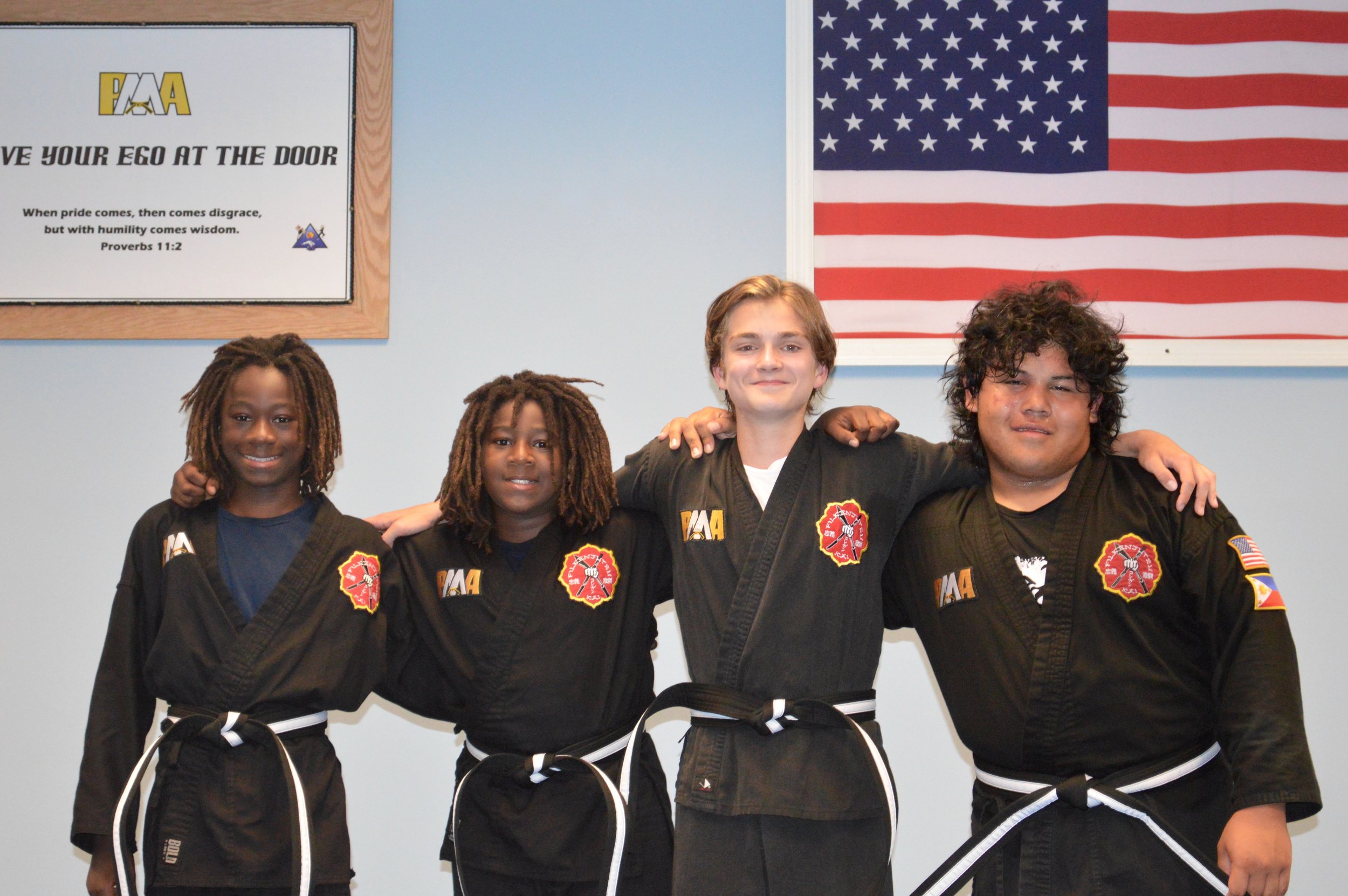We are so excited to announce an idea that we are launching today that we’ve been sitting on for years!
About 10 years ago, we switched up the focus of our blog to focus on what we call “The Martial Arts Way of Life.” Since then we have been writing on this blog about the “8 Aspects of the Martial Arts Way of Life.” We got the idea for these from the Kosho family crest which used an octagon to represent the 8 aspects of their Kenpo system (which we come from). We have altered the aspects slightly to fit modern times, but they for the most part stayed the same. The 8 Aspects of the Martial Arts Way of Life are:
Health/Fitness
Meditation
Philosophy/Mindset
Yoga/Stretching
Nutrition
The Stand Up Arts
The Grappling Arts
Self Defense
We have also written to you in the past about “The 5 School Principles.” Handed down for generations, these are 5 qualities that we would like to see instilled in all of our students:
Effort
Etiquette
Sincerity
Self-Control
Character
So, here is the idea. A few years ago, we realized that we had an 8 and a 5, and just needed a 6 in the middle to complete the “865.” For those that don’t live in our area, that is our area code which is special to the Knoxville natives as it spells “VOL” for the Tennessee Volunteers. We decided to create the “6 Rules of the Mat” to go along with the “8 Aspects of the Martial Arts Way of Life” and the “5 School Principles,” and together these 3 will make up the “PMA 865.”
The 6 Rules of the Mat:
Humility
Positivity
Receptiveness
Respect
Sportsmanship
Hygiene
We are very excited about using these to better structure the character development program already present in our programs. We feel that launching something like this will help make these more memorable and highlighted for our students. There are so many important lessons to be taught with these different aspects, rules, and principles.
We don’t have a logo designed yet, so if any of our students have some ideas for that, please send them in! Maybe one of you can even create the PMA 865 logo! We will begin teaching these with the new quarter that begins this week and have the curriculum outlined for the rest of the year. Knowing what our “mat chats” are focused on can help you reinforce these habits and lessons at home:
July 6-9 - Health/Fitness
July 13-16 - Meditation
July 20-23 - Philosophy/Mindset
July 27-30 - Yoga/Stretching
August 3-6 - Nutrition
August 10-13 - The Stand Up Arts
August 17-20 - The Grappling Arts
August 24-27 - Self Defense
August 31-September 3 - Effort
September 7-10 - Etiquette
September 14-17 - Sincerity
September 21-24 - Self-Control
September 28-October 1 - Character
October 5-8 - FALL BREAK
October 12-15 - Humility
October 19-22 - Positivity
October 26-29 - Receptiveness
November 2-5 - Respect
November 9-12 - Sportsmanship
November 16-19 - Hygiene
November 23-24 - Effort
November 30- December 3rd - Etiquette
December 7-10 - Sincerity
December 14-17 - Self-Control/Character
Continuing with that schedule, we should be able to hit the 8 Aspects of the Martial Arts Way of Life and the 6 Rules of the Mat 2x/every year and the 5 School Principles 4x/every year. We are working on using our attendance tracking to also keep track of which lessons our youth students are present for and have different levels of a “PMA 865” patch that can be earned.
We have been teaching the actual martial arts techniques from a rotating curriculum for decades now. We continue to update the curriculum year after year, and know that this is the best way to make sure our students all learn what they are supposed to learn, in the most efficient order of learning it. There is no reason that the character development portion shouldn’t be done this way too!
We are so excited about “PMA 865” and love how we can attach something so good and positive for our students to our hometown. This is going to be one more way we can continue to provide the absolute best martial arts instruction available!
Thanks for reading!




















